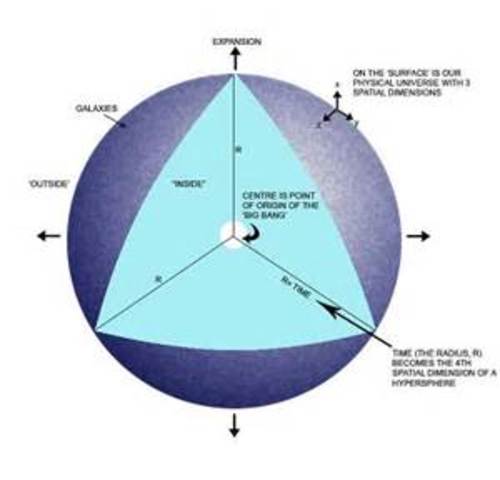Think Outside the Box. A 4-dimensional Box
 Find the number of lattice points (points with integral coordinates) on the graph of a 4-dimensional hypersphere with center located at the origin with radius 7.
Find the number of lattice points (points with integral coordinates) on the graph of a 4-dimensional hypersphere with center located at the origin with radius 7.
This problem is part of the set " Symphony "
The answer is 456.
This section requires Javascript.
You are seeing this because something didn't load right. We suggest you, (a) try
refreshing the page, (b) enabling javascript if it is disabled on your browser and,
finally, (c)
loading the
non-javascript version of this page
. We're sorry about the hassle.
3 solutions
Clap clap clap Thank you for posting the solution
Can you elaborate on the details?
Log in to reply
A proper solution has been written.
Just for the information, the given shape is also called a g l o m e .
More elementary, we write 7 2 as the sum of four perfect squares:
-
4 9 = 0 2 + 0 2 + 0 2 + 7 2 . The 7 may be along each the four axes, and may be positive or negative. This gives 8 solutions.
-
4 9 = 0 2 + 2 2 + 3 2 + 6 2 . The non-zero values may be positive of negative, giving 8 possible choices. They may be permuted in 4 ! = 2 4 ways. Therefore we have another 8 x 24 = 192 solutions.
-
4 9 = 2 2 + 2 2 + 4 2 + 5 2 . This gives 16 x 12 = 192 solutions.
-
Finally, 4 9 = 1 2 + 4 2 + 4 2 + 4 2 . This results in 16 x 4 = 64 solutions.
You can conclude that there are no other possibilities simply be checking the solutions. (Hint: At least one of the terms must be greater than 3 2 . Systematically work from the highest to the lowest value.)
Adding everything together, we get 4 5 6 solutions.
The solution to this problem hinges on this lovely theorem due to Jacobi.
First, what does the Jacobi four-square theorem state? It says that, for a positive odd integer n , the number of representations of n as a sum of 4 squares of integers is given by 8 σ 0 ( n ) . This counts permutations as distinct, eg 1 2 + 0 2 + 0 2 + 0 2 and 0 2 + 1 2 + 0 2 + 0 2 are counted as two different representations. (There is another explicit closed form for even n but that isn't necessary here.)
Second, we need to find an appropriate n . Since the hypersphere has radius r = 7 and we know that a 4D hypersphere is described by the equation x 2 + y 2 + z 2 + w 2 = r 2 , we have our n = r 2 = 4 9 . This is especially convenient since 49 has only the divisors 1, 7, and 49.
Therefore, 8 σ 0 ( 4 9 ) = 8 ( 1 + 7 + 4 9 ) = 4 5 6 .